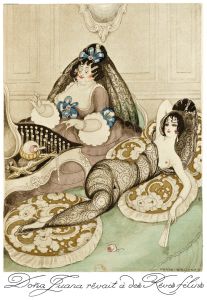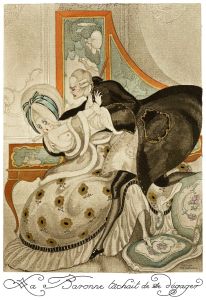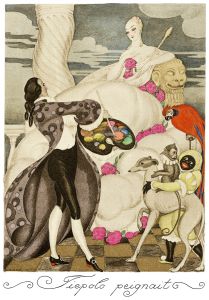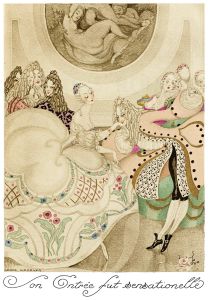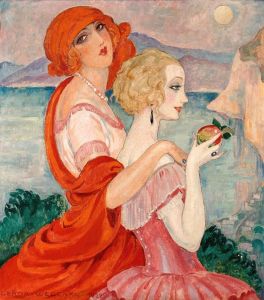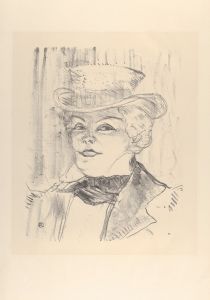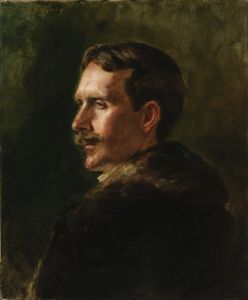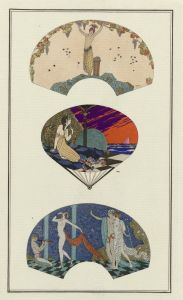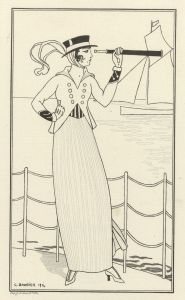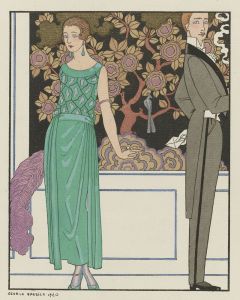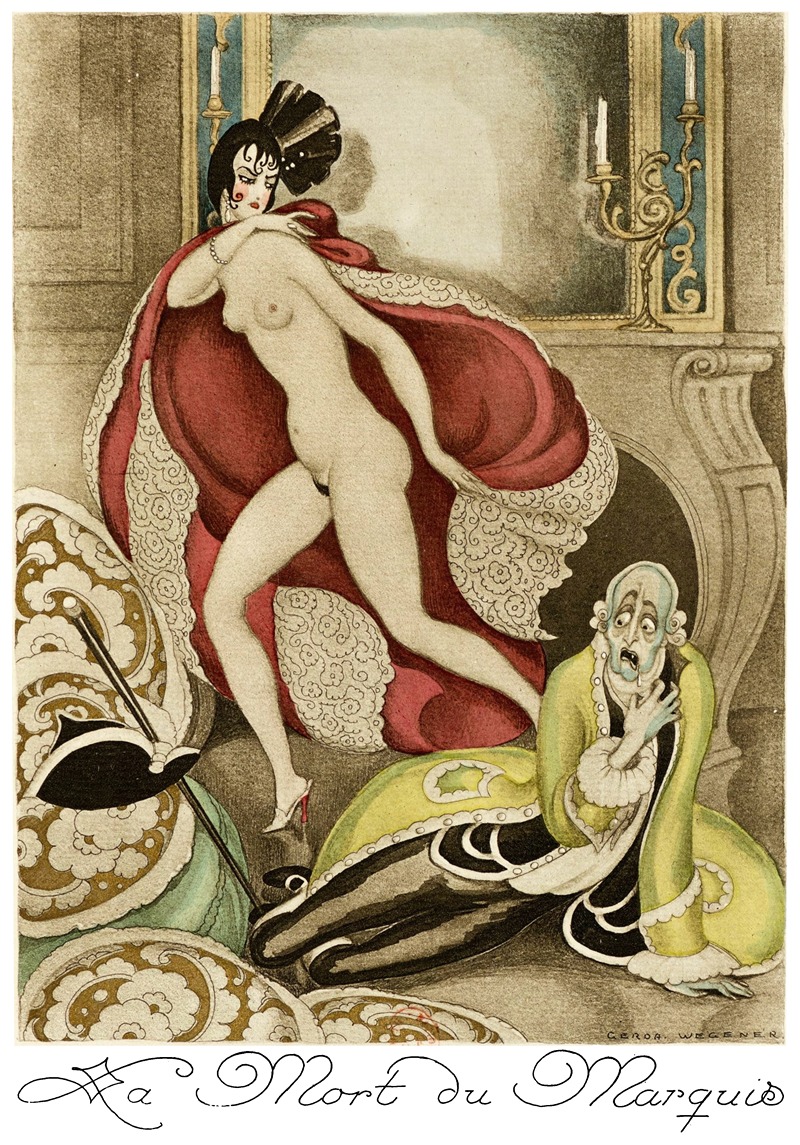
Sur talons rouges pl 11
A hand-painted replica of Gerda Wegener’s masterpiece Sur talons rouges pl 11, meticulously crafted by professional artists to capture the true essence of the original. Each piece is created with museum-quality canvas and rare mineral pigments, carefully painted by experienced artists with delicate brushstrokes and rich, layered colors to perfectly recreate the texture of the original artwork. Unlike machine-printed reproductions, this hand-painted version brings the painting to life, infused with the artist’s emotions and skill in every stroke. Whether for personal collection or home decoration, it instantly elevates the artistic atmosphere of any space.
Gerda Wegener was a Danish painter and illustrator, best known for her work in the early 20th century. Her art is characterized by its Art Nouveau and Art Deco influences, often depicting elegant and fashionable women. Wegener's work gained significant attention not only for its aesthetic qualities but also for its progressive themes, particularly in terms of gender and sexuality. She was married to Lili Elbe, one of the first known recipients of gender confirmation surgery, and their relationship has been a subject of interest in both art and LGBTQ+ history.
"Sur talons rouges pl 11" is one of Wegener's artworks, though specific details about this particular piece are not widely documented in available historical records. Wegener's oeuvre often includes portraits and illustrations that highlight the beauty and complexity of her subjects, frequently featuring women in various states of dress and undress, adorned in the fashion of the time. Her work is noted for its vibrant use of color, attention to detail, and the graceful, elongated forms of her figures.
Wegener's art was celebrated in her lifetime, particularly in Paris, where she and Elbe moved in 1912. The French capital was a hub of artistic innovation and freedom, providing Wegener with the opportunity to explore themes that might have been considered controversial elsewhere. Her illustrations were published in various fashion magazines, and she became a sought-after portrait artist. The Parisian art scene embraced her bold style and the sensuality of her work, which often challenged traditional gender norms.
The context of Wegener's life and work is crucial to understanding her art. Her marriage to Lili Elbe was both a personal and professional partnership, with Elbe often serving as a model for Wegener's paintings. This relationship is depicted in the 2015 film "The Danish Girl," which brought renewed interest to Wegener's life and art. However, it is important to note that the film takes creative liberties and may not fully represent historical facts.
Wegener's contribution to art extends beyond her technical skills; she played a role in challenging and redefining the representation of gender and sexuality in art. Her work remains influential, and she is often celebrated as a pioneering figure in both the art world and LGBTQ+ history.
While specific information about "Sur talons rouges pl 11" is limited, it can be appreciated within the broader context of Wegener's artistic legacy. Her ability to capture the elegance and complexity of her subjects, combined with her progressive approach to themes of identity and expression, ensures her place in the history of modern art. Wegener's work continues to be studied and admired for its beauty and its bold exploration of themes that remain relevant today.






